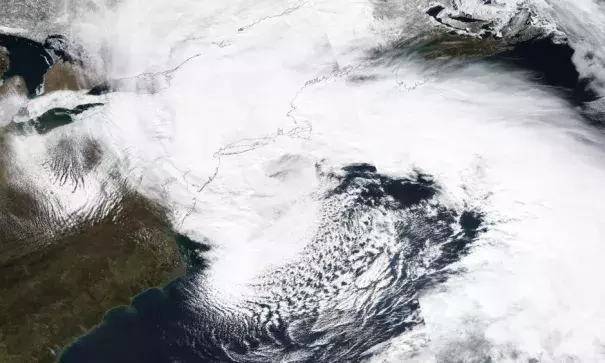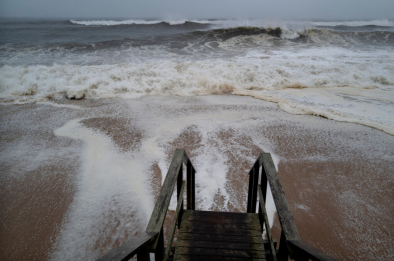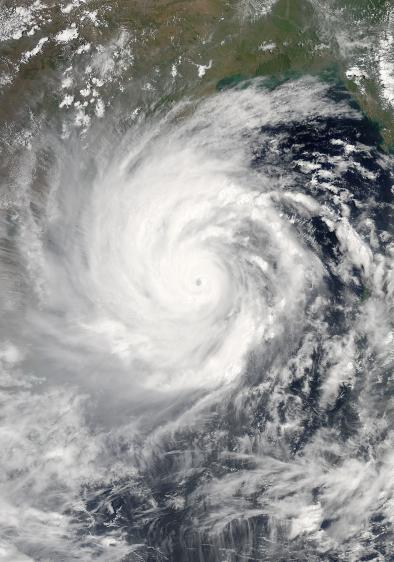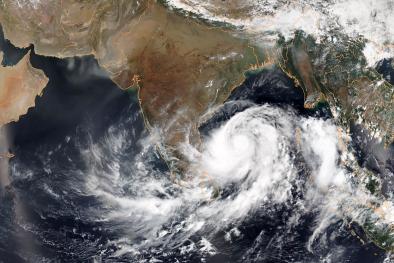Nor’easters pummel the U.S. Northeast in late winter 2018

Between the end of February and early March 2018, a series of massive storm systems called nor’easters have brought strong winds, heavy snow, and tremendous coastal flooding to communities from the Mid-Atlantic to northern Maine. While these storms are not out of the ordinary—they happen every winter—their strength and close timing certainly has been newsworthy.
On March 2-3, a nor’easter moved along the east coast, rapidly strengthening as it crossed the warm waters of the Gulf Stream. As the storm did so, it gathered plenty of moisture, which it transformed into heavy snow like some sort of winter factory line.
...
With winds this strong blowing onshore across much of the East Coast, coastal flooding was inevitable. But what made this event so spectacular was just how high waters got and how long coastal waters remained elevated in Massachusetts and Maine.
Water levels in Boston reached the third highest on record, a 1-in-100-year water height—which means that there is a 1% chance in any given year that waters level would reach that high. More remarkable, the number one and three spots in Boston’s record books are now occupied by water levels reached during two storms this winter.
Due to the slow moving nature of the storm, water levels across the Northeast remained elevated for multiple tidal cycles. This persistence resulted in long-lasting coastal flooding. While remarkable, the cause of these storm surges—the rise in water during a storm above the normal tide—followed a familiar pattern. The largest winter storm surges on record are caused by such slow-moving storms (Catalano and Broccoli 2018).
Of course, this storm happened during winter so there was plenty of snow, too. Almost 40 inches of snow fell in upstate New York.
...
So what about nor’easters? Are they getting stronger? Are the impacts from these storms getting worse?
Let’s start with something simple. Regardless of whether these storms are getting stronger, they are occurring over an ocean that is fuller than it used to be. This all makes it easier for storms to push enough water onshore to cause flooding.
According to the National Climate Assessment, coastal flooding in the northeast has increased due to a rise in sea level of around one foot since 1900.
Related Content





